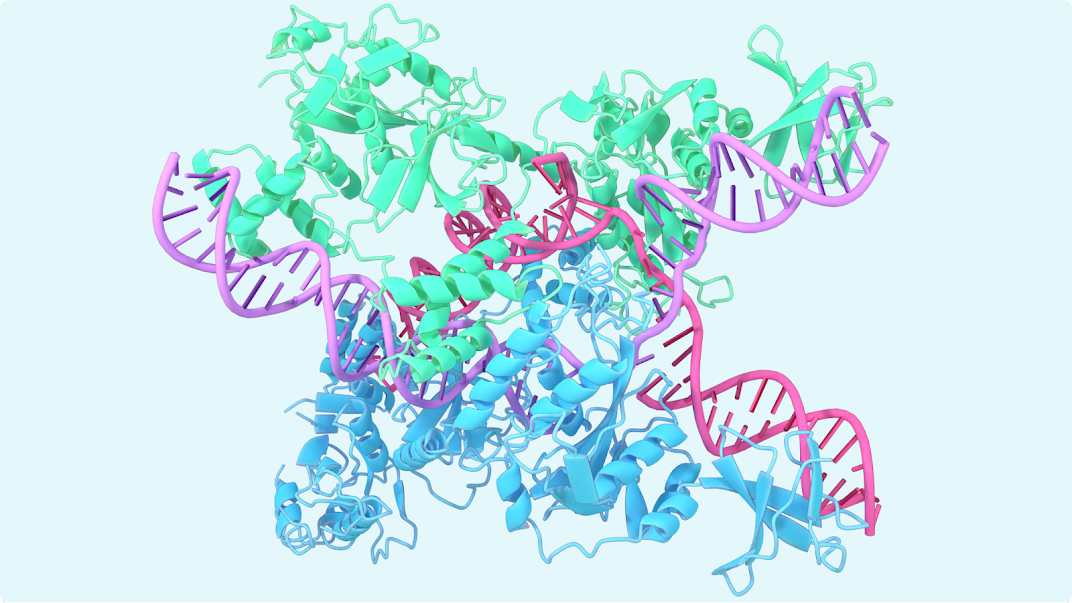Singapore doctors are now equipped with robot arms in their heart operations.
The first of its kind
Last December, Tan Tock Seng Hospital’s (TTSH) Interventional Cardiology department first performed robot-assisted angioplasty: a heart surgery involving the relieving of blocked arteries. It has since treated more than 70 patients. This is the first time it has been done not only in Singapore, but in Southeast Asia.
Another robot-assisted procedure offered in TTSH is lung cancer surgery. Their site has cited three robot-assisted procedures involving lung cancer in which the surgeons are trained to use during operations.

How does it work?
To relieve the blockage in an artery, a small tube called a stent is used to keep it open. As you can imagine, positioning a tiny material in a tiny artery is a difficult task. One small mistake can translate to a catastrophe.
With the assistance of X-ray visualizations and the robot arm, the surgeon can efficiently position the stent outside the operating room. The surgeon only needs to control the robot in a workstation dedicated for it.
Why use robots?
There are a lot of reasons to use robots in surgeries.
- The heart is a delicate organ which demands the utmost care in handling. Surgeons have to train their hands for a long period of time to master the skills and hand motions required by this kind of procedure.The use of robots cuts down the mastery time. Robotic arms can perform precise and stable movements that will take years for a surgeon to fully master with their own hands.
- At the same time, the accuracy is magnitudes better with robot assistance. Robot-assisted surgeries can get accurate down to the millimeter. This is important since they’re dealing with delicate and small body parts.
- Lastly, procedures involving robot assistance are less invasive. Fewer incisions are required so the recovery of the patient is expected to be faster.
Innovations like this serve as illustrations of how developments in technology can improve — and even save — our lives. Hopefully, this will prod those involved in the medical field to continue innovating and embracing new technologies to improve their abilities. This also serves as a wake-up call for countries to invest more in research and development in the medical field.









